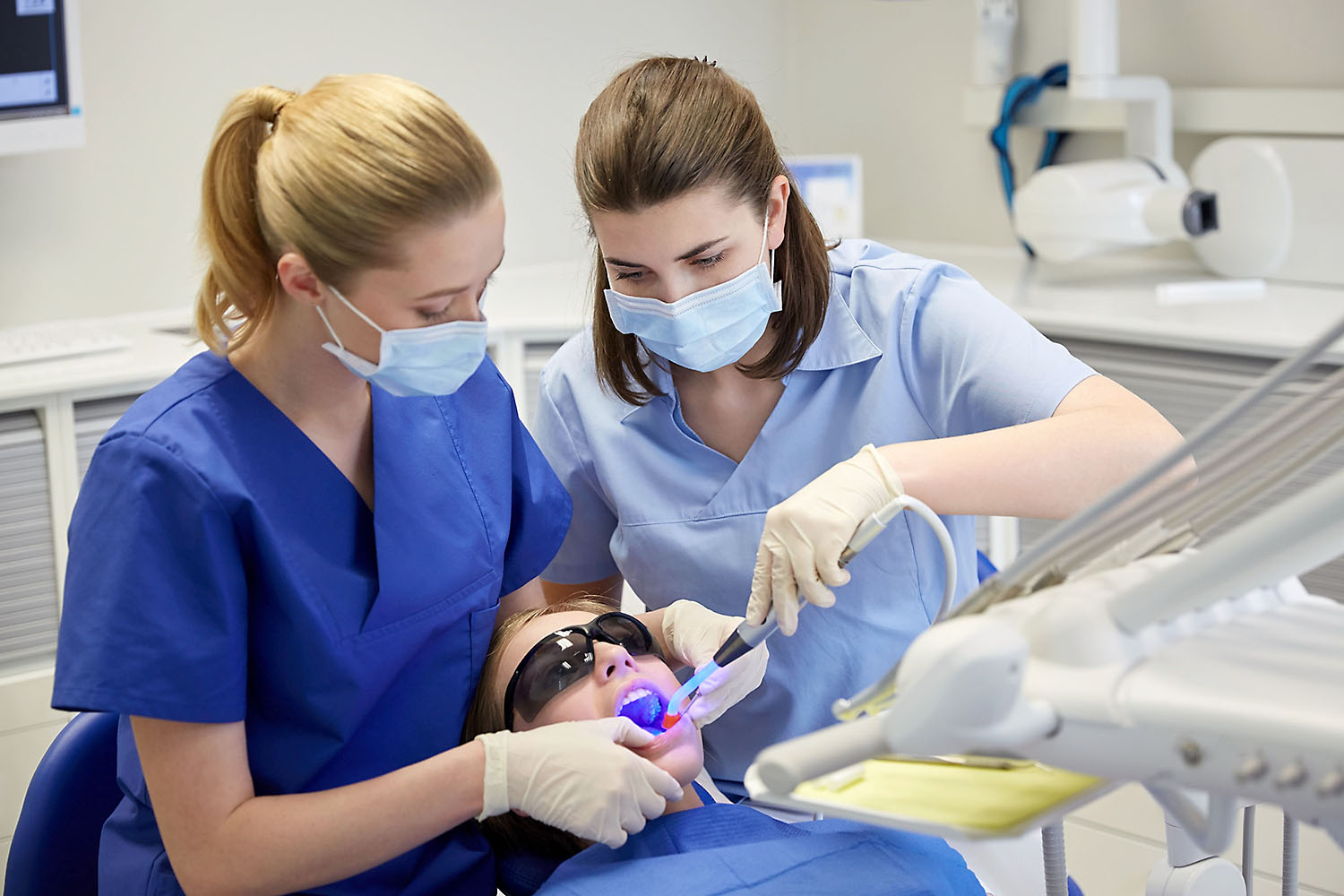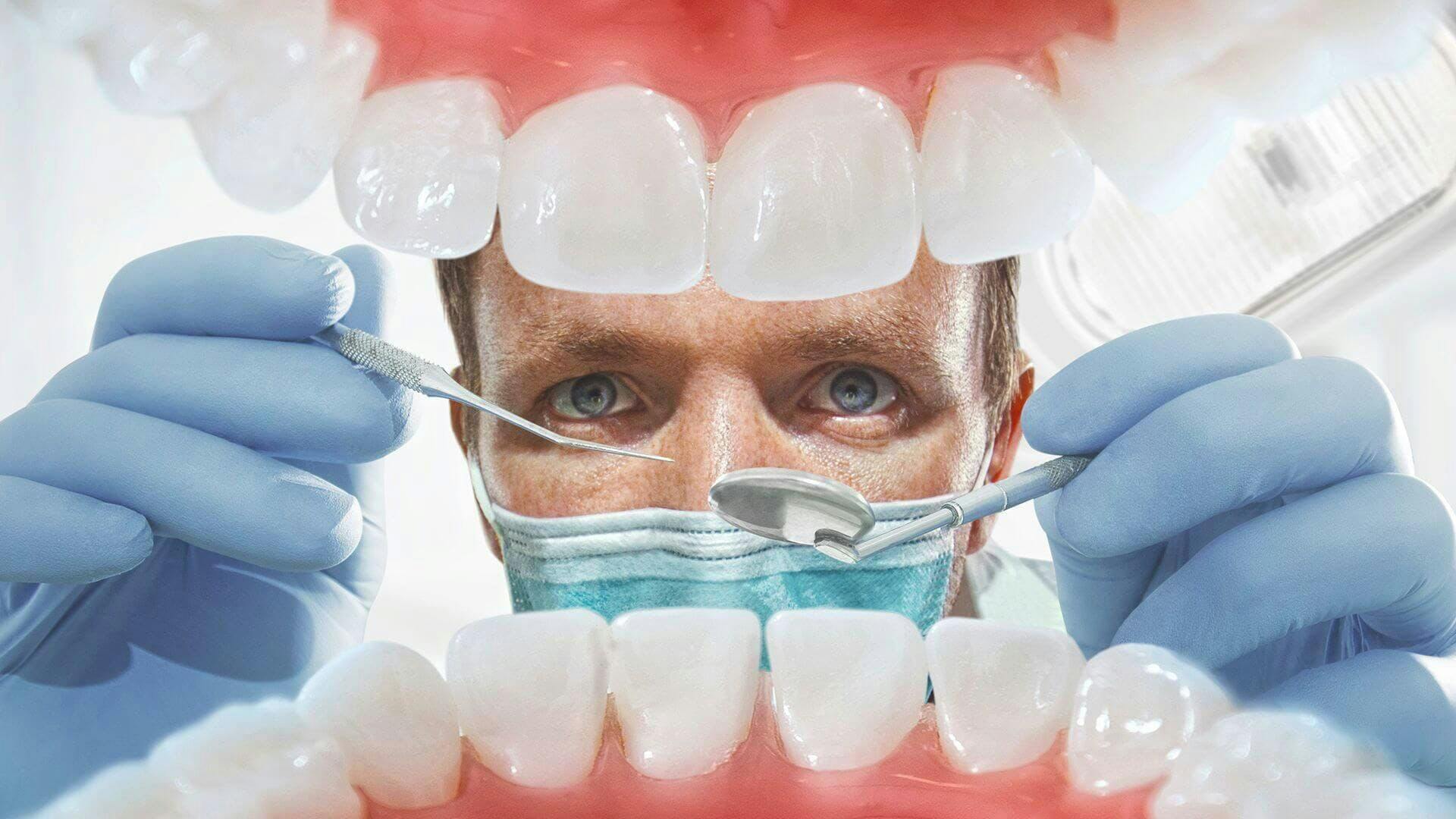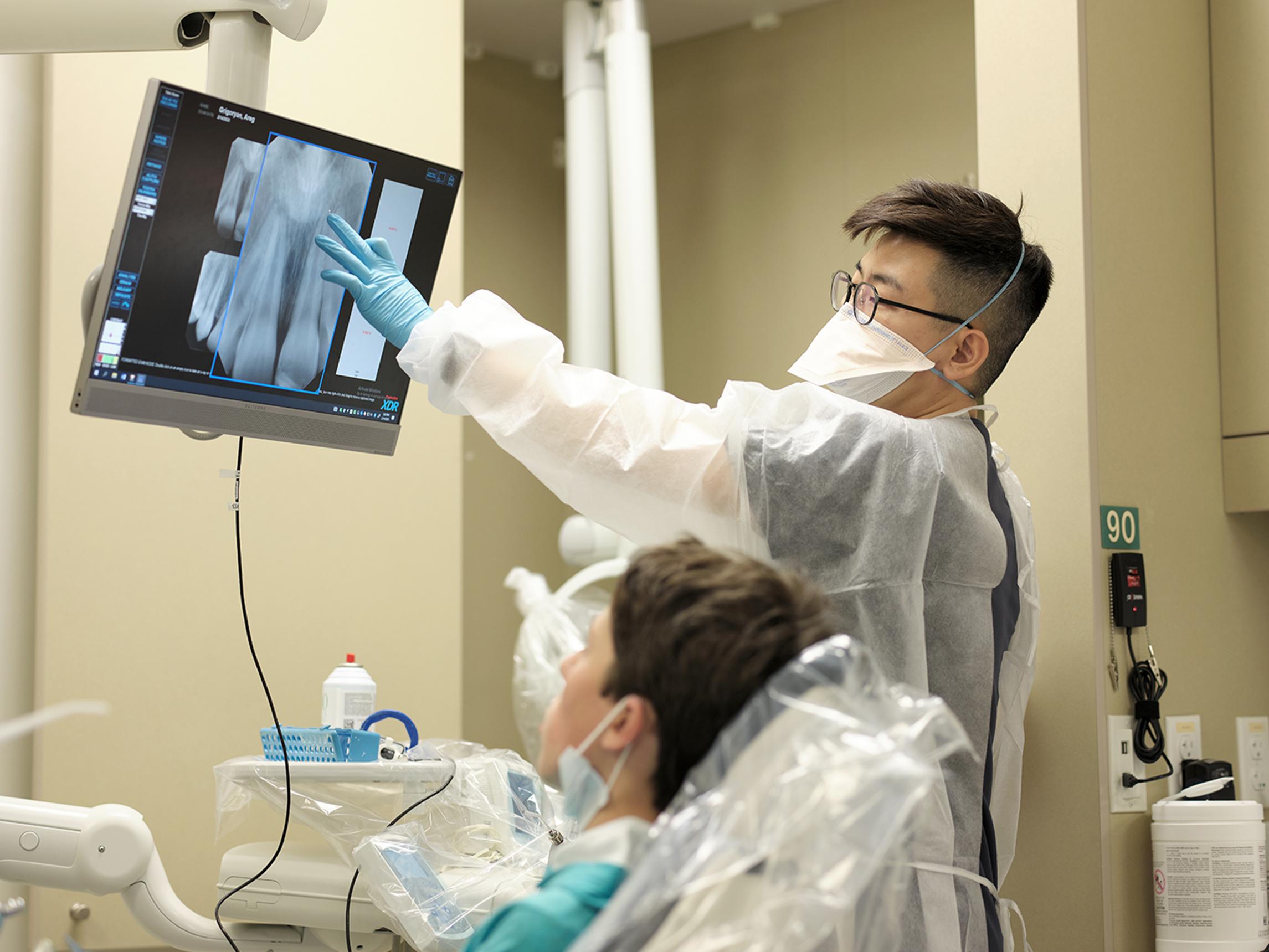Your Guide to Selecting the Right Dentist Eugene OR for Quality Service
Your Guide to Selecting the Right Dentist Eugene OR for Quality Service
Blog Article
Check Out the Series Of Dental Issues Dentists Generally Handle
Dental practitioners are entrusted with dealing with a broad spectrum of dental concerns, each requiring specialized knowledge and techniques. From the prevalent issue of cavities brought on by microbial task to the a lot more perilous progression of periodontal illness, dental specialists should be proficient at very early discovery and treatment. Tooth sensitivity, commonly arising from worn enamel, adds one more layer of intricacy, while the very early identification of oral cancer can be life-saving. Additionally, misaligned bites necessitate customized treatment strategies to enhance both capability and visual appeals. What details methods do dental professionals use to take care of these diverse difficulties efficiently?

Tooth Cavities and Dental Caries
While preserving optimal dental hygiene is crucial, cavities and dental caries stay common concerns that dental professionals frequently attend to. Tooth cavities, additionally called oral caries, are brought on by the demineralization of tooth enamel due to acid-producing bacteria in the mouth. These bacteria prosper on sugars and starches from food and drinks, creating a cycle of acid attacks that progressively wear down the enamel and dentin layers of teeth. If left untreated, tooth cavities can cause significant dental complications, including infections and missing teeth.
To diagnose cavities and tooth decay, dental practitioners use a mix of visual evaluations, oral X-rays, and sometimes laser fluorescence tools. For more sophisticated degeneration, a dental expert might need to remove the endangered tissue and restore the tooth with fillings made from materials such as composite resin, amalgam, or porcelain.
Safety nets are vital in combating dental caries and dental cavity. Routine dental check-ups, appropriate brushing and flossing methods, and a balanced diet low in sugary foods and drinks are fundamental methods that sustain dental wellness and lessen the risk of dental cavities.
Gum Condition
Periodontal illness, additionally referred to as gum illness, is a major oral health and wellness problem that impacts the tissues surrounding and sustaining the teeth. It begins with gingivitis, which is characterized by red, inflamed gum tissues that might bleed quickly. If left without treatment, gingivitis can advance to periodontitis, a much more serious type of periodontal disease that can lead to missing teeth and damages to the jawbone.
Periodontitis occurs when plaque, a sticky movie of germs, hardens into tartar and collects listed below the gum tissue line. This creates the gum tissues to pull away from the teeth, producing pockets that become infected. As the body's body immune system deals with the germs, the bone and connective tissue that hold teeth in place are damaged down. The risk variables for gum condition include poor dental health, cigarette smoking, diabetic issues, and hereditary proneness.

Tooth Sensitivity
Beyond gum tissue illness, one more typical dental problem that people often encounter is tooth level of sensitivity. Characterized by a sharp, short-term discomfort in feedback to stimuli such as hot, cool, pleasant, or acidic foods and beverages, tooth level of sensitivity can considerably affect a person's top quality of life. This condition commonly develops when the protective enamel layer of the teeth ends up being put on down or when the gum tissues decline, subjecting the underlying dentin. Dentin consists of microscopic tubules that connect to the nerve closings within the tooth, thereby transmitting the agonizing his explanation experiences.
A number of aspects add to the development of tooth level of sensitivity. Aggressive brushing, the usage of unpleasant tooth paste, and the intake of acidic foods and beverages can erode enamel. In addition, dental procedures, split teeth, and gum disease can expose the dentin. To minimize tooth sensitivity, dental professionals might advise utilizing tooth paste developed for sensitive teeth, fluoride treatments to strengthen enamel, or dental bonding to cover exposed dentin. In severe cases, even more innovative treatments such as periodontal grafts or root canals could be necessary.

Dental Cancer
Dental cancer cells, a potentially serious and major problem, commonly flies under the radar in routine dental care discussions. This sort of cancer can impact any part of the oral cavity, including the lips, tongue, cheeks, floor of the mouth, soft and hard palates, sinuses, and throat. Early detection is vital for effective treatment, yet many instances are detected at advanced stages as a result of refined initial signs and symptoms.
Dental experts play an essential function in the very early detection of dental cancer cells. During regular examinations, they diligently check out the mouth for uncommon lesions, persistent sores, or unusual swellings. They might likewise utilize adjunctive screening tools such as light resources or unique dyes to recognize dubious areas that are not noticeable to the naked eye.
Threat aspects for oral cancer cells include tobacco usage, too much alcohol intake, human papillomavirus (HPV) infection, and prolonged exposure to the sunlight. Patients are recommended to report any relentless adjustments in their oral wellness, such as difficulty ingesting, unusual bleeding, or feeling numb, to their dentist promptly.
Misaligned Bites
Misaligned bites, also referred to as malocclusions, are a typical dental problem that can considerably influence both dental wellness and general high quality of life. These conditions happen when the top and lower teeth do not align appropriately, causing problems in attacking, eating, and even talking. Malocclusions can be categorized into numerous kinds, including overbites, underbites, crossbites, dentists eugene and open attacks, each presenting unique difficulties that require customized treatment approaches.
The root causes of misaligned bites are varied and can consist of genetic factors, very early loss of baby teeth, thumb sucking, and injuries to the jaw. Symptoms typically include discomfort or pain in the jaw, constant attacking of the internal cheeks, and a raised danger of dental cavity and periodontal condition because of trouble in keeping dental health.
Dental experts and orthodontists utilize an array of interventions to address misaligned attacks, from clear aligners and traditional braces to advanced procedures in severe cases. Early medical diagnosis and therapy are essential to avoid issues such as temporomandibular joint (TMJ) conditions and irregular wear on teeth. Through detailed evaluation and customized treatment plans, oral professionals play an essential function in fixing malocclusions and boosting clients' oral function and looks.
Conclusion
Cavities and tooth degeneration result from bacterial activity that jeopardizes tooth enamel, while gum disease can escalate from gingivitis to severe periodontal problems. Tooth level of sensitivity includes pain from thermal stimuli, demanding details care.
To detect dental caries and tooth degeneration, dentists use a mix of visual assessments, oral X-rays, and often laser fluorescence devices.Beyond periodontal illness, one more typical oral issue that patients regularly come across is tooth level of sensitivity. Additionally, dental treatments, cracked teeth, and gum illness can expose the dentin. To reduce tooth sensitivity, dental practitioners might advise making use of tooth paste formulated for sensitive teeth, fluoride therapies to strengthen enamel, or oral bonding to cover exposed dentin - web link dentist eugene or. Cavities and tooth degeneration result from microbial activity that jeopardizes tooth enamel, while periodontal condition can escalate from gingivitis to severe gum problems
Report this page